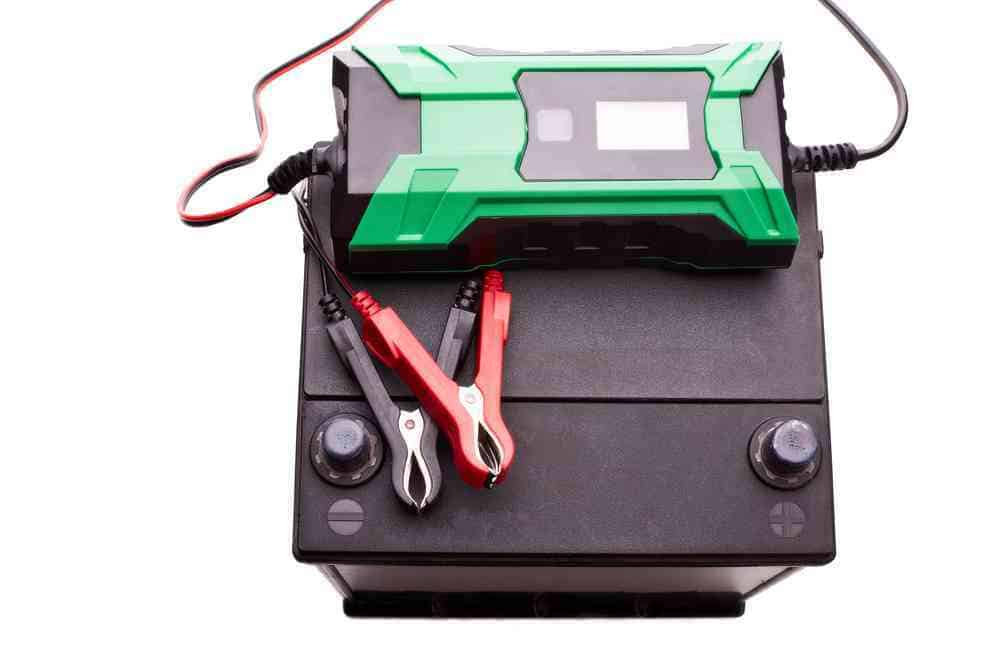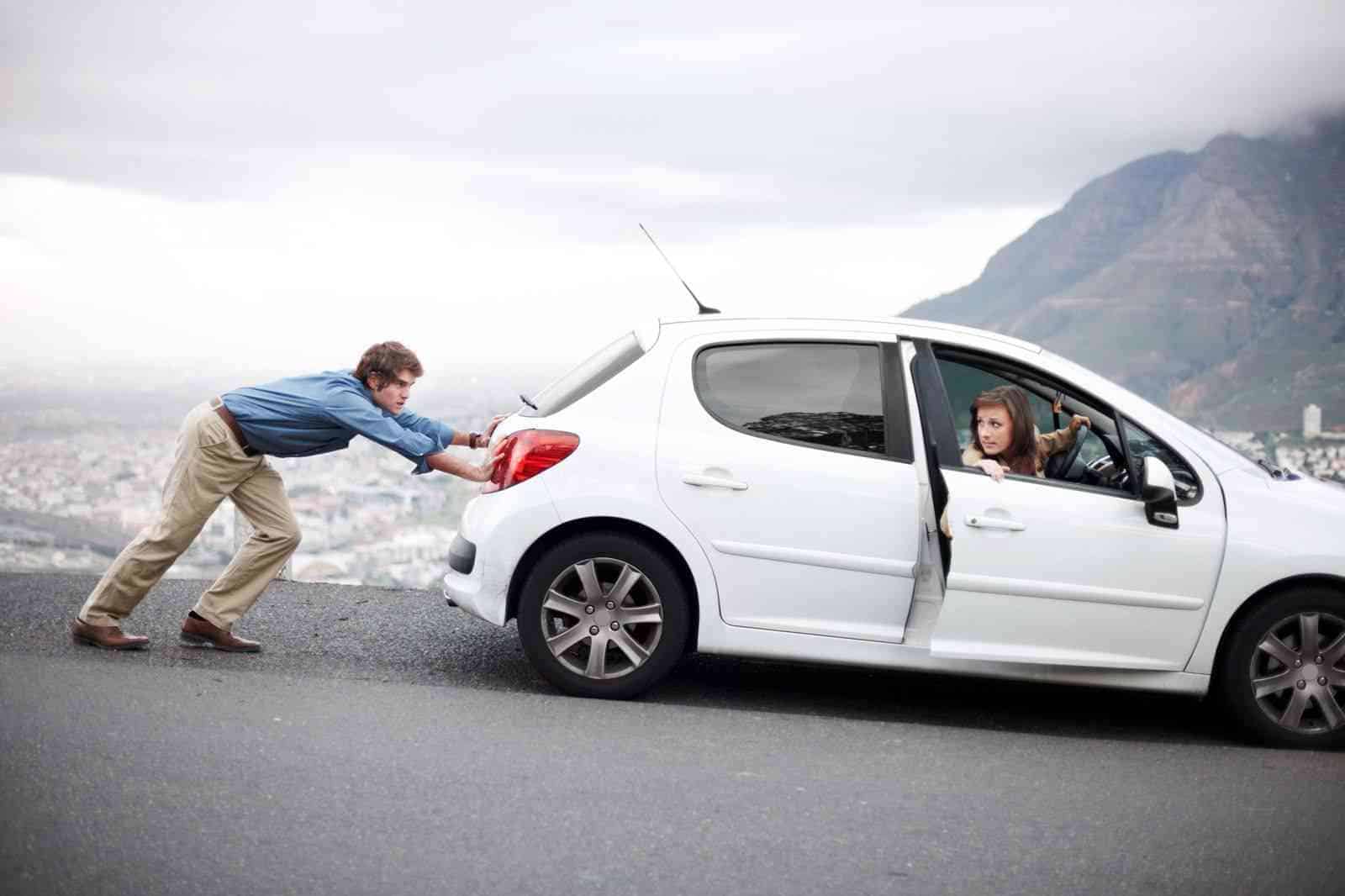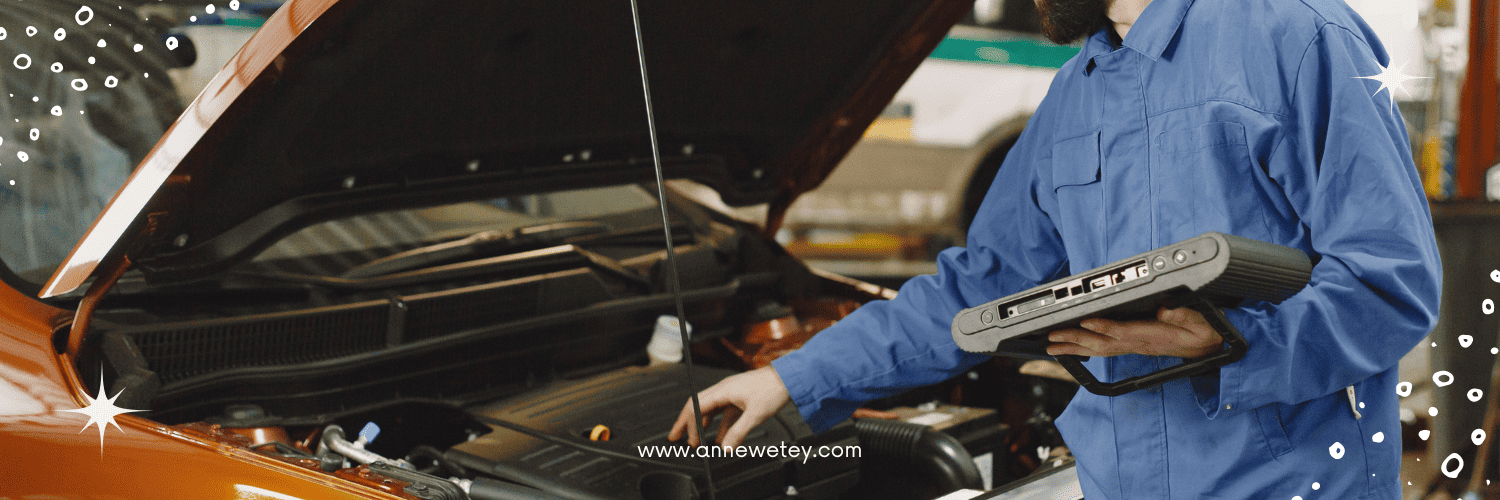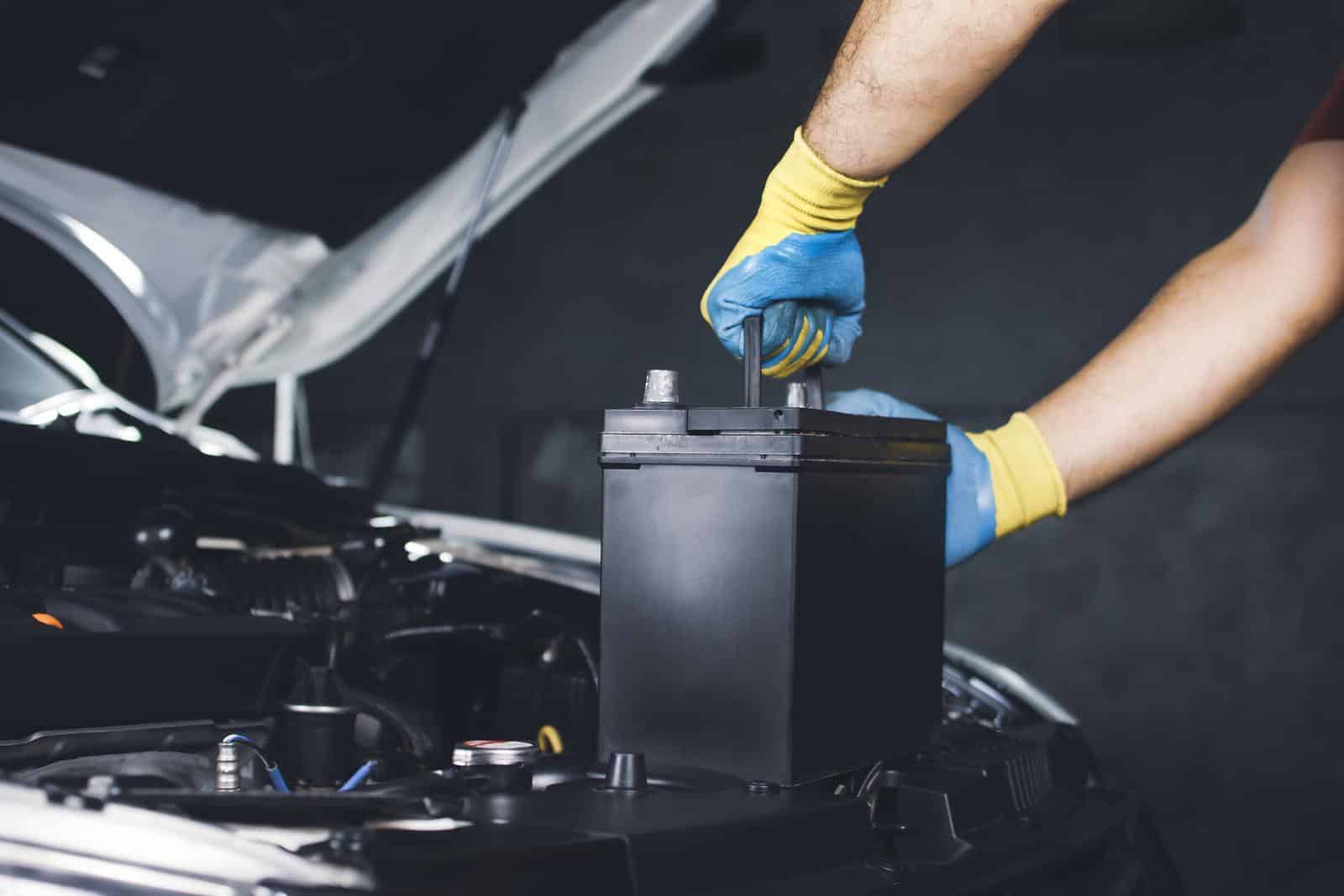Can a completely dead car battery be recharged?
Introduction:
When a car battery is completely dead, it means that the electrical charge in the battery has been depleted and it won’t start your vehicle. Sometimes this is due to the age of the battery, a bad alternator which is undercharging or overcharging the battery or an accidental discharge like leaving your lights on overnight. When this happens, you may be able to jumpstart your car with another vehicle or a portable jump starter, but this doesn’t recharge the battery—it just provides power long enough to get your engine running again.
Can a dead car battery be recharged? The answer is sometimes, and in this post, we will explore the methods and steps involved in recharging a car battery that has been completely drained of power.
Before getting started, let’s clarify that a ‘dead’ battery means it has zero voltage left and won’t hold a charge even after prolonged charging because of internal or external damages. On the other hand, a discharged but healthy battery will have some voltage remaining, but not enough to ignite your vehicle.
Before you rush out to buy a new battery, it’s worth checking if your car’s battery can be recharged first.
Benefits of Recharging a Dead Car Battery
However, before addressing this question further, let’s look at some benefits of recharging your dead car battery:
- Extended Battery Life: Recharging breathes new life into your dead car battery and provides years of reliable operation.
- Cost Savings: Replacing batteries can be costly; recharging them is an economical alternative.
- Convenience: Portable automatic chargers are now handy for owners to recharge their batteries at home without much hassle.
Despite these benefits, several factors come into play before attempting self-recharge.
Factors Affecting the Rechargeability of a Dead Battery:
The ability to recharge a dead battery depends on multiple factors:
- Age of Battery: The older the battery, the harder it is to recharge, and it may not hold a charge for long. Batteries last between three to six years. Think carefully before bothering yourself with any completely discharged battery over three years old.
- Extreme temperatures: Extremer of hot or cold can damage the battery’s internal components and reduce its re-chargeability. Do not recharge a completely frozen battery or a hot battery. The damage in these situations is just not worth the effort. Replace your battery.
- Type of Battery: Different battery types, such as lead-acid, lithium-ion, and nickel-metal hydride, have different chemistries and may have varying abilities to recharge. In this article, we will discuss lead-acid batteries, including deep cycle, EFB and AGM batteries.
- Physical Condition: If there is any damage to the battery case or leakage. Do not recharge it.
Charging a Car Battery with a Battery Charger: A Comprehensive Guide
Recharging a completely dead car battery is a simple process. Knowing how to properly recharge a car battery will ensure that you don’t inadvertently overload or damage the battery while recharging.

We will provide you with an easy-to-follow guide on how to charge your car battery using a battery charger.
Step 1: Safety First
Before starting the charging process, it’s crucial to prioritize safety. Ensure that you are in a well-ventilated area and away from any flammable materials. Wear protective eyewear and gloves to protect yourself from any potential hazards.
Before attempting to recharge the battery, it’s important to inspect it for any visible signs of damage. If there are any signs of visible damage to the battery, like leakage or swollen battery case, the charger should not be used as this can cause a safety risk.
Step 2: Gather the Necessary Tools
To successfully charge your car battery, you will need the following tools:
- A battery charger: Choose a charger suitable for your car’s battery type.
- Safety goggles and gloves: Protect yourself during the process.
- A wrench or pliers: To detach and reattach the battery terminals.
- Clean cloth or wire brush: Use it to clean off any corrosion on the terminals.
Step 3: Locate Your Car’s Battery
The next step is to locate your car’s battery. In most vehicles, you can find it under the hood or in the trunk. Once located, make sure that both the vehicle and charger are turned off before proceeding.
Step 4: Disconnect the Battery Cables
Using either a wrench or pliers, start by disconnecting the negative (black) cable, followed by the positive (red) cable from their respective terminals. Remember to disconnect them in this order to prevent short circuits and electrical shock.
Step 5: Prepare Your Battery Charger
Now it’s time to prepare your battery charger. Read through its instructions carefully to ensure you understand how it functions properly. Connect one end of the charger cables to their corresponding colors on your charger. Next, attach the positive (red) charger cable to the positive terminal on your car battery.
Step 6: Connect and Start Charging
With everything set up, connect the negative (black) charger cable to the negative terminal of your battery. Once all connections are secure, turn on your battery charger and follow the manufacturer’s instructions for charging time and settings.
Step 7: Monitor the Charging Process
While your battery charges, it’s important to monitor it periodically. Ensure that it doesn’t overcharge or become excessively hot during this process. Follow the guidelines provided by your charger manufacturer for safe charging.
Step 8: Disconnect and Reconnect
Once your battery is fully charged, turn off the charger before disconnecting any cables. Start by removing the negative (black) cable from the negative battery post and then remove the positive (red) cable from the battery terminal. Finally, reattach both battery cables to their respective terminals, beginning with the positive (red) followed by the negative (black).
By following these steps carefully, you can recharge your car’s battery safely and efficiently using a battery charger. Remember to consult your vehicle’s manual and specific charger instructions for any further guidance.
Note: Always consult a professional if you are unsure or uncomfortable with performing any of these steps.
Alternative Options to Recharge a Dead Car Battery:
If the battery is completely dead, it may not be rechargeable. In such cases, alternative options include replacing the battery, reconditioning the battery, or seeking professional help. Here are the pros and cons of each option:

- Jumpstarting the car. Jumpstarting can provide temporary energy to the dead car battery, however it may not last for very long as the charge starts to rapidly decrease once the second vehicle’s engine is turned off. The charging system on a car replaces the small amount of charged used by the starter motor when the ignition is turned on. It is not intended to recharge a completely dead battery.
- Push starting the car. Same as the above, it can provide temporary energy to the dead car battery, however the charging system on a car is designed to replace a small amount of charged used by the starter motor when the ignition is turned on. It is not intended to recharge a completely dead battery.
- Replacing the battery: It’s the most straightforward option but can be expensive.
- Reconditioning the battery: It involves additives, charging and shaking the battery back to its optimal performance and is cheaper than replacing the battery, but it’s rarely possible (can only be attempted on non-sealed batteries) and rarely effective.
- Using an onboard charger, also known as a battery tender or maintainer. These are commonly used by campers and recreational vehicle and are used to keep the car’s battery charged while turned off. Using this method will depend on how often you must leave your vehicle parked and is recommended for individuals who regularly park their vehicle over long periods of time or in extreme climates (hot or cold) that are prone to draining batteries faster than usual .
- Seeking Professional Help: If the battery is still under warranty, seeking professional help may be the best option.
Tips to Prevent Car Battery from Dying:
With car batteries, it’s important to take proactive steps to ensure they last as long as possible. The following 5 tips can help extend the life of your car battery:
- Keep it charged – The best way to ensure your car battery is fully charged is by regularly using your vehicle. If you don’t use your car often, make sure to take it for short drives once in a while to keep the battery from draining.
- Avoiding extreme temperatures. Extremes of hot or cold can be very detrimental to car batteries, so it’s best to keep them away from any direct heat sources and protect them from the cold during winter.
- Check for corrosion – Corrosion can drastically reduce the life of a car battery, so check for any signs of corrosion and clean it off if necessary.
- Keep the terminals clean – Dirty or loose terminals can make it harder for your car battery to charge, so make sure to regularly clean the terminals and make sure they’re connected securely.
- Get regular battery tests – Regularly testing your battery can help spot potential issues early on and allow you take preventive measures. Any malfunctioning parts can cause a significant drain on the battery’s power, which can reduce its life drastically. Test the charge of your car’s battery regularly using a voltage meter or other electronic device to make sure it is in good condition and fully charged (make sure it reads at least 12.6 Volts).
If necessary, recharge or replace the battery as soon as possible.
If you suspect that your car’s battery is completely dead and cannot be recharged, bring it into a service center so they can diagnose what may have caused it and determine if you need a new one altogether.
How long does it take to recharge a car battery?
It can take anywhere from two (2) hours up to seventy-two (72) hours to recharge a dead car battery. You should check your charger’s instructions for specific charging times and safety information before attempting to charge your own car battery.
Charging times depends on:
- How deeply discharged your battery is,
- The type of battery,
- The size of battery and
- Speed/charging rate of the battery charger
So there you have it—a complete guide on whether a completely dead car battery can be recharged! While some models may be beyond saving due to age or other factors, many times they just need some extra TLC in order to provide reliable power again.
Just remember that safety always comes first; make sure all terminals are connected properly before attempting any sort of charging process!
Author Bio: Victor Jaxen is a highly experienced Sales and Marketing Manager in the automotive industry. With over twenty years of experience, he has demonstrated expertise in customer service, automotive engineering, and car batteries and electrical systems. Holding a Master of Engineering – MEng degree in Manufacturing Engineering from Cardiff University / Prifysgol Caerdydd, Victor is passionate about delivering exceptional results and utilizing his skills to drive business growth. With his comprehensive knowledge and understanding of the automotive industry, Victor provides accurate and reliable information on a wide range of topics, including car batteries and electrical systems. Stay tuned to annewetey.com for valuable insights and industry expertise from Victor Jaxen!



